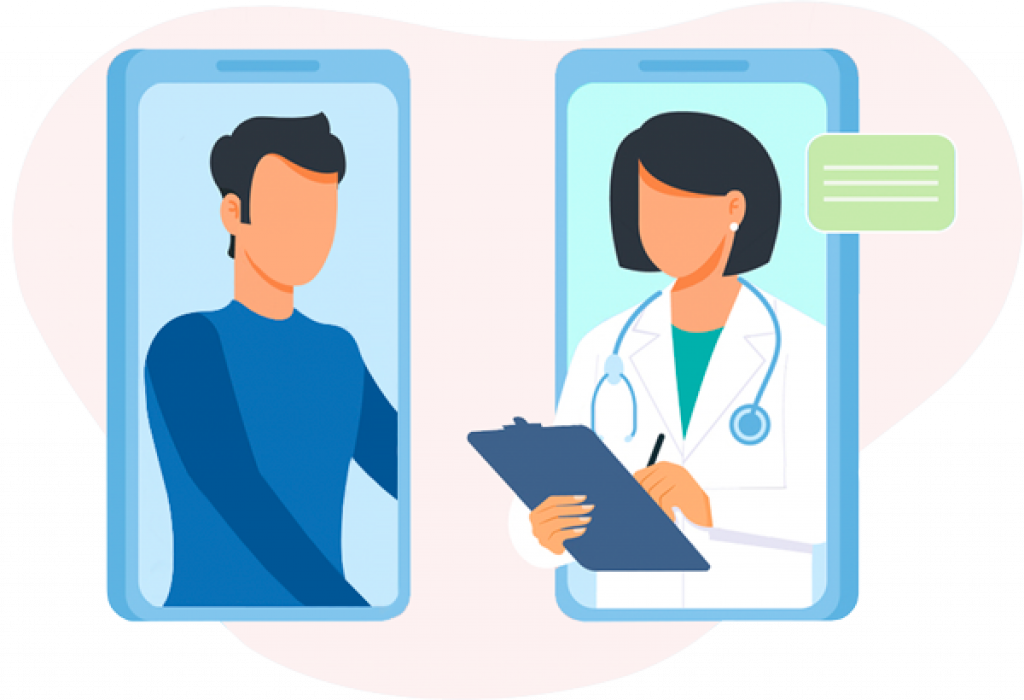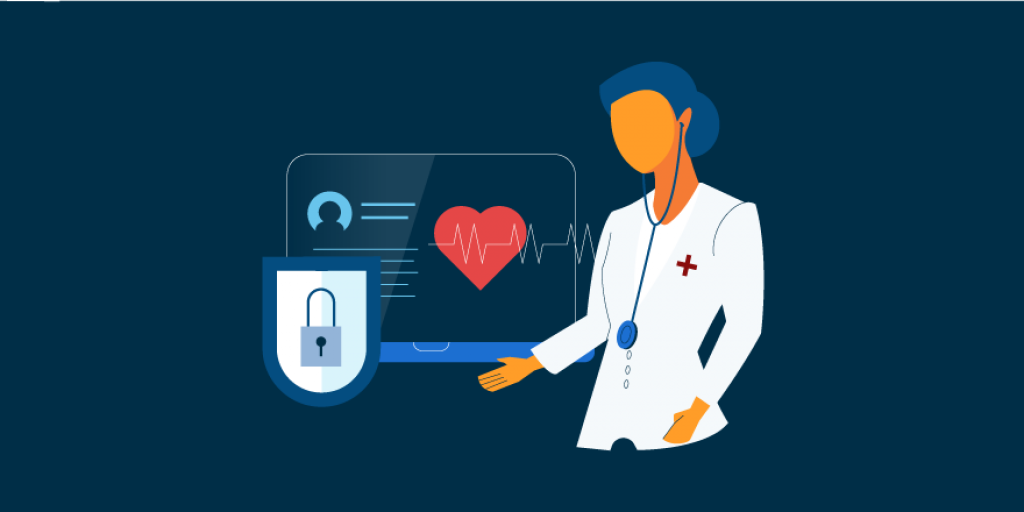When it comes to Healthcare entities, HIPAA compliance is key regulation to be followed, but the question arises – are website chat and communication covered by it?
Before we start, let’s investigate the role of chat in healthcare and define the scenarios where it comes to HIPAA.
People are using chats every day, but the commonly used apps for conversations are not uniformly protected or regulated and don’t offer the privacy and control of data needed to protect the sensitive conversations inherent to remote care. Yet, due to the ease of use and familiarity, many patients will prefer chat experiences that look and feel like the common consumer chat applications they know and love.

Teams delivering effective telemedicine apps have two major requirements:
- Integrate the familiar experience of popular instant messaging apps, especially on mobile devices.
- Implement all the security measures necessary to protect sensitive information.
The way to meet both of these needs at once is to build HIPAA-compliant chat. Doing so meets security regulations and brings essential benefits for both patients and doctors to your healthcare solution.
Best practices for building HIPAA compliant chat
Achieving HIPAA compliance involves the proper use of technology, proper training and usage by staff, and the physical security of data. To address these three dimensions, the HIPAA security rule provides guidance for technical, administrative, and physical safeguards. These guidelines cover everything from the way messages are sent to the security checks put in place to prevent data tampering.
First, it’s important to satisfy the core HIPAA security requirements. But, it’s just as important to find a solution to chat that feels accessible to your patients, supports ongoing development, and offers quality communications.
Consult with technical safeguards first
In the scope of secure chat development, your first task will be to address the full range of technical safeguards. This boils down to ensuring the presence of five essential features:

But remember, technology is secure in the way people use it. To truly follow HIPAA guidelines, healthcare organizations must train their personnel on the proper way to send, store, and share ePHI. Staff needs to understand the importance of following the correct sign-in protocol. And, administrators must select a chat platform that enables administrative control of security settings, so that policies can’t be altered by individual patients.
How to choose a HIPAA compliant messaging solution
Any HIPAA-compliant chat application inherently aims to create an open and honest communication channel to discuss sensitive topics, usually between patients, doctors, and an expanded care team. To be successful, this channel must provide a communication experience that emulates the comfortable, confidential atmosphere of a real clinic, giving virtual conversations the authenticity of in-person care.
The first step to building this seamless communication experience is to select a secure messaging solution that provides HIPAA compliant messaging off the shelf. A HIPA-compliant chat API lets you build chat that satisfies patients’ need for quality and accessibility while giving healthcare organizations full control over the flow and storage of sensitive information. This approach ultimately safeguards patient privacy while taking advantage of the flexibility, speed, and features of modern chat applications.

When evaluating a HIPAA compliant chat solution, look for:
Multiple SDKs availability
In healthcare, you need to make your app as accessible as possible for patients no matter what kind of device they use.
Full set of security features
It is highly important to have at least the most fundamental security features implemented to software to ensure its compliance with HIPAA:
1 – Be aware of where your data is being stored
Medical data needs to be comprehensible for everyone: patients, doctors, clinicians, health insurance offices, and so on. Make sure you choose a platform that offers various integrations in order to make data interoperable across different systems.
With the exponential growth of telehealth, it’s important to double-check if your communication platform offers secure video calls. For HIPAA-compliant video conferencing, avoid platforms that use third-party apps.
Choosing a HIPAA-compliant cloud is a good start, but it’s way safer if your communication platform allows you to self-host it. This way you can rely on your infrastructure and solve problems faster, regardless of other company’s server and IT teams.
2 – Always open-source
Despite the fact end-to-end encryption is a great security indicator, it doesn’t mean the code is entirely safe. The best way to ensure medical data is secured is to have a HIPAA-compliant chat platform that is open-source.
Open-source means having a whole community of developers checking on your code and improving its safety. Unlike closed-source platforms, open-source allows you to solve security breaches faster, so you don’t have to wait on the vendor’s developer team. Open-source platforms are more reliable as the code is available for everyone to see, improve and review.
3 – Address data to the right people
When choosing a platform that follows HIPAA compliance, you should keep in mind that designing a personnel screening process is part of the process.
Also, your platform should allow you to determine who has access to which data, so a customizable platform is the answer. You must set user roles and be able to modify permissions for your team whenever you need them. This is a safe method for keeping medical data flowing in the right devices and teams.

We are here to help. And the first step is already made by us to assist you in choosing the right software for your business. It is that simple to check our HIPAA compliant Live Chat Software, investigate the reviews and make the right choice.







